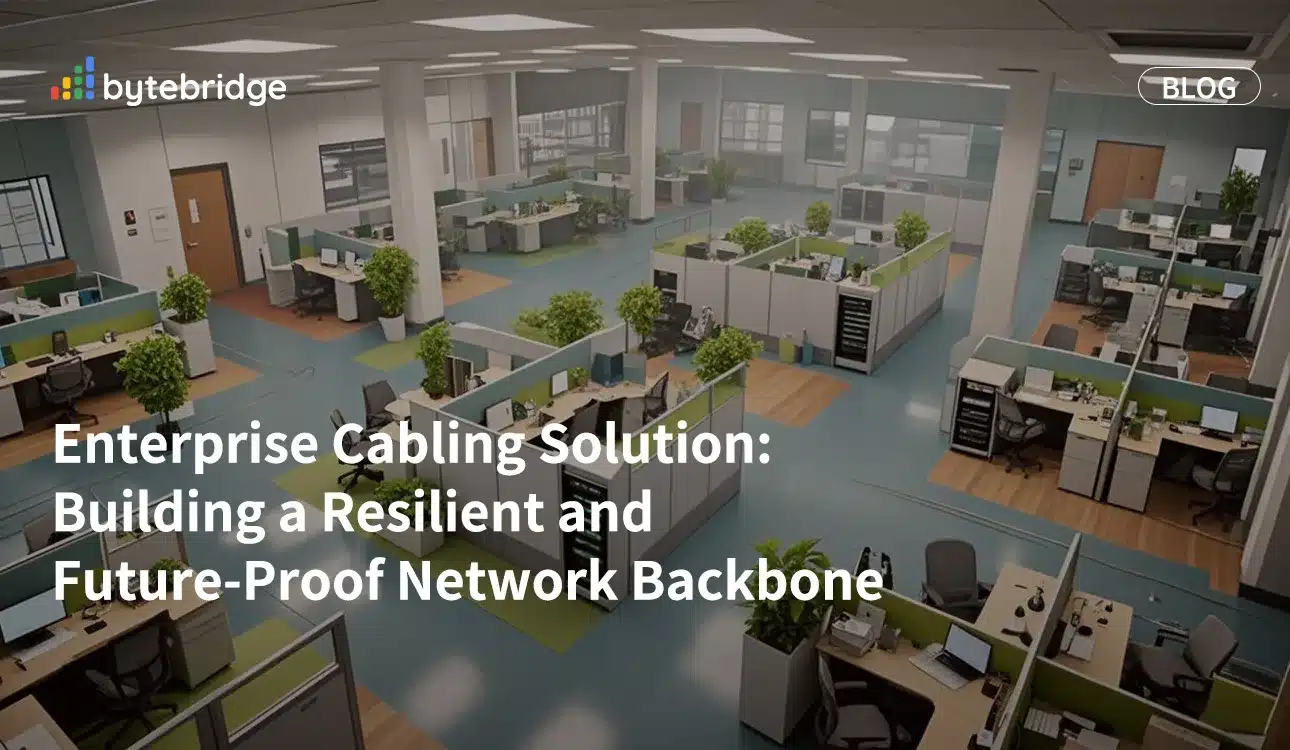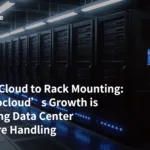In the modern business landscape, enterprise cabling solutions are no longer just about connecting devices—they are the lifeline of organizational operations. As businesses generate and transfer vast amounts of data daily, the need for a robust, scalable, and future-proof cabling infrastructure has never been more critical. This article delves into the intricacies of enterprise cabling solutions and explores how they can transform business operations.
The Critical Role of Enterprise Cabling Solutions
Enterprise cabling solutions form the backbone of an organization’s IT infrastructure, enabling seamless communication, data transfer, and access to critical resources. A well-designed cabling system ensures that businesses can operate efficiently, support remote work arrangements, and maintain minimal downtime, which is crucial for productivity and customer satisfaction.
According to industry research, companies with optimized network infrastructure experience up to 30% higher operational efficiency compared to those with substandard networks. This highlights the significant impact that a reliable cabling solution can have on business performance.
Key Considerations for Enterprise Cabling
When implementing an enterprise cabling solution, several key factors must be carefully considered to ensure it meets both current and future business needs:
Scalability: The cabling infrastructure should be designed to accommodate business growth, including the addition of new devices, users, and applications without requiring a complete overhaul. This ensures that the investment remains relevant as the organization evolves.
Reliability: High-quality materials and precise installation are essential to minimize downtime and ensure consistent performance. Redundancy should be integrated into the design to prevent single points of failure, enhancing overall reliability.
Flexibility: The solution should support various connectivity options, including fiber and copper cabling, to meet diverse business requirements. This flexibility allows organizations to adapt to changing technological landscapes.
Future-Proofing: Compatibility with emerging technologies and standards is crucial to protect the organization’s investment over time. A future-proof cabling solution ensures that the infrastructure can support next-generation applications and services.
Cost Efficiency: While the initial investment in a high-quality cabling solution may seem significant, it can lead to substantial cost savings in the long run. Reduced operational expenditures (OpEx) and minimized material and labor costs over the life of the installation contribute to overall cost efficiency.
The Impact of Advanced Cabling Technologies
Fiber and copper cabling are two primary technologies used in enterprise cabling solutions, each offering unique advantages:
- Fiber Optic Cabling: Known for its high bandwidth and long-distance capabilities, fiber optic cabling is ideal for supporting high-speed data transfer requirements. It is less susceptible to interference and can carry signals over much greater distances than copper cabling, making it a preferred choice for modern enterprise environments.
- Copper Cabling: Despite the advancements in fiber optics, copper cabling remains a cost-effective solution for many businesses. It offers sufficient bandwidth for most applications and is often easier to install and maintain.
ByteBridge: A Leader in Enterprise Network Cabling
ByteBridge stands out as a leader in providing comprehensive enterprise network cabling solutions. Our structured cabling services are designed to enhance performance and support future growth, ensuring efficient data transfer and reduced downtime.
ByteBridge’s approach focuses on minimizing operational expenditures over the life of the installation. We improve facility infrastructure management while ensuring minimal installation disruptions. The solutions simplify the process of moving, adding, changing, and upgrading workstations, resulting in reduced material and labor costs.
The Future of Enterprise Cabling
As technology continues to evolve, so too must enterprise cabling solutions. The rise of IoT, the increasing adoption of cloud services, and the demand for higher bandwidth applications are driving the need for more advanced cabling infrastructures. Organizations that invest in cutting-edge cabling solutions today will be better positioned to leverage emerging technologies and stay ahead of the competition.






